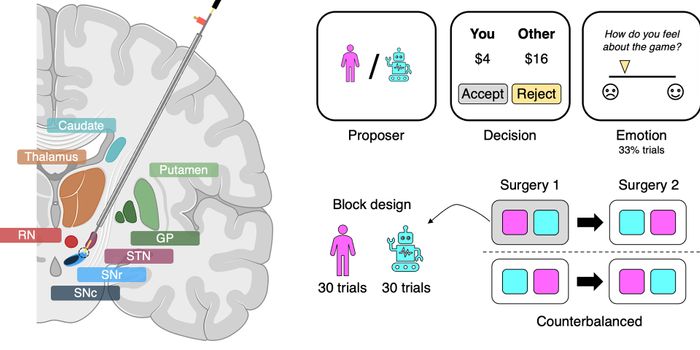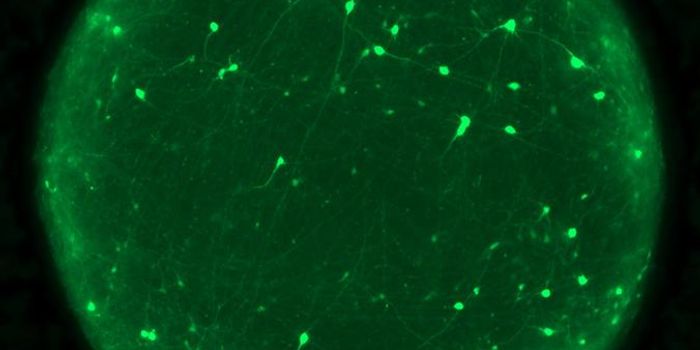Why do teenagers take big risks? While conventional wisdom put the blame on a dopamine rush, it now appears that "the adolescent brain doesn't work the way we think it does," according to Bita Moghaddam, professor of neuroscience at University of Pittsburgh. According to a study published in the journal Biological Psychiatry and reported in Futurity, psychologist have been proven wrong on their predictions about teens' behavior, "that they seek pleasure because dopamine is more active" (http://www.futurity.org/teenagerss-risk-reward-dopamine-951052/?utm_source=feedly&utm_medium=webfeeds).

Studies of the adult brain show that "the feel-good rush of dopamine, a neurotransmitter that helps control the brain's reward and pleasure centers, may be why some people are willing to take risks," the article says. However, the study at the University of Pittsburgh, which was funded by the National Institute of Mental Health, indicates that adolescents' dopamine neurons are activated less than those of adults when looking at the prospect of a reward.
As explained in Psychology Today, dopamine is a neurotransmitter that helps to control the brain's reward and pleasure centers, as well as helping to regulate movement and emotional responses, see rewards and take action to move toward them. People who have low dopamine activity could be more likely to have an addiction. A certain type of dopamine receptor may indicate "sensation-seeking people," also known as "risk takers." (https://www.psychologytoday.com/basics/dopamine)."
According to Moghaddam, adult rats appear to obtain a small dopamine rush "from simply anticipating a reward," while adolescent rats do not exhibit the same level of dopamine-based satisfaction. In terms of human behavior, teenagers rush into doing something, even when it is risky, in order to get the dopamine rush. Antipication fails to trigger the same response as it does in adults.
She added, "The study also shows that preactivation [of the dopamine neurons] - pausing for a millisecond or two before doing something - is missing in the adolescents, so they actually go into action and start seeking reward without that sort of pause that the adult brain may have."
Moghaddam believes that the new study also explains why adolescents seem likely to repeat behaviors even when they get poor results or dire consequences. As she explains, "When adults learn that there will be no reward, their dopamine cells stop responding, but adolescent dopamine cells retain memories of past rewards."
She also believes that this kind of behavior may have enabled ancient humans to survive. If they remembered that a certain action worked once, they could forget that it did not work another time and try it again. In terms of procuring food and finding a mate, the selective memory may have been helpful. However, in the case of adolescent brains in the present, the lowered dopamine activation can "make them vulnerable to drug seeking and disadvantageous risk taking," Moghaddam concludes.


















































